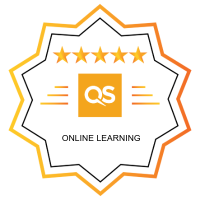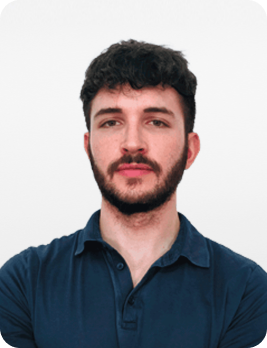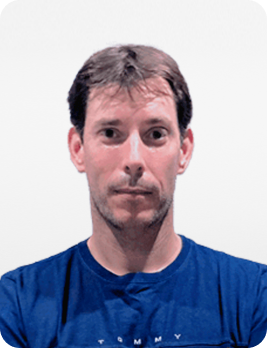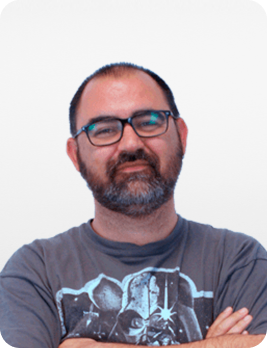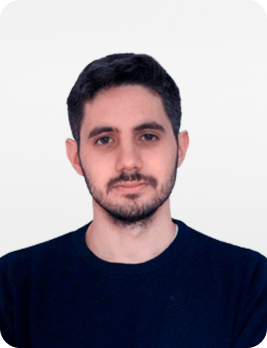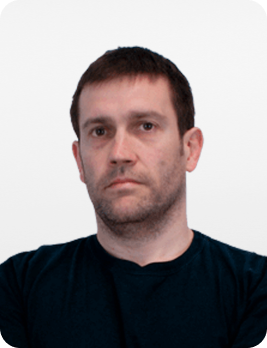260€

Presentación
The Course on Image Processing with OpenCV offers you a unique opportunity to dive into a rapidly growing field with immense potential. As technology advances, the demand for skilled professionals in image processing continues to soar, making it a critical area for innovation and application across industries. This course is designed to equip you with the essential skills and knowledge to excel in this dynamic sector. You'll learn to harness the power of OpenCV, a leading open-source computer vision library, to analyse and manipulate images effectively. By mastering these techniques, you can unlock opportunities in diverse fields such as healthcare, automotive, entertainment, and security. Our comprehensive online format ensures flexibility and accessibility, allowing you to learn at your own pace. Join us to enhance your career prospects and become a part of this exciting technological frontier.
Universidades colaboradoras
Para qué te prepara
The Course on Image Processing with OpenCV prepares you to tackle complex image analysis challenges by mastering essential techniques such as image filtering, transformation, and feature extraction. You'll learn to enhance visual content, automate image recognition processes, and develop solutions for real-world applications, empowering you to innovate in fields like computer vision, AI, or digital media. Your enhanced skill set will enable you to handle diverse imaging tasks with confidence.
Objetivos
- Understand basic image processing concepts with OpenCV. - Learn to perform image transformations and manipulations. - Explore techniques for edge detection and feature extraction. - Develop skills in image filtering and enhancement methods. - Gain proficiency in object detection using OpenCV tools. - Implement colour space conversions effectively in projects. - Analyse and process video streams with OpenCV techniques.
A quién va dirigido
This Course on Image Processing with OpenCV is tailored for professionals and graduates in the field seeking to enhance or refresh their skills in image processing techniques. Ideal for those with a foundational understanding of programming and a keen interest in harnessing OpenCV for practical applications, the course offers valuable insights to stay updated with industry trends.
Salidas Profesionales
- Computer Vision Engineer in tech companies - Machine Learning Specialist focusing on image data - Robotics Engineer integrating vision systems - Quality Control Analyst in manufacturing using image processing - Medical Imaging Analyst in healthcare - Augmented Reality Developer for apps and games - Researcher in artificial intelligence and vision systems
Temario
UNIT 1. INTRODUCTION AND INSTALLATION OF OPENCV
- OpenCV overview
- Installing OpenCV for Python on Windows
- Installing OpenCV for Python on Linux
- Anaconda and OpenCV
UNIT 2. HANDLING OF FILES, CAMERAS AND GRAPHIC INTERFACES
- File management
- Reading an image with OpenCV
- Displaying an image with OpenCV
- Saving an image with OpenCV
- Arithmetic operations on images using OpenCV
- Drawing functions
UNIT 3. IMAGE PROCESSING
- Image resizing
- Image erosion
- Image blur
- Image bordering
- Grayscale in images
- Scaling, rotation, displacement and border detenction
- Image erosion and dilation
- Simple thresholds
- Adaptive thresholds
- Otsu Threshold
- Image contours
- Image embedding
- Intensity in images
- Image registration
- Foreground extraction
- Morphological operations on images
- Image pyramid
UNIT 4. HISTOGRAMS AND TEMPLATE MATCHING
- Analyzing images using histograms
- Histogram equalization
- Template matching
- Field detection in documents using Template matching
UNIT 5. COLORS AND COLOR SPACES
- Color spaces in OpenCV
- Color space change
- Color filtering
- Denoising of color images
- Displaying an image in different color spaces
UNIT 6. FACE DETECTION AND FEATURE EXTRACTION
- Line detection
- Circle detection
- Corner detection (Shi-Tomasi Method)
- Corner detection (Harris Method)
- Finding circles and ellipses
- Face and smile detection
UNIT 7. MACHINE LEARNING
- K-Nearest Neighbor
- K-Means Clustering
Titulación
Claustro
Solicitar información
